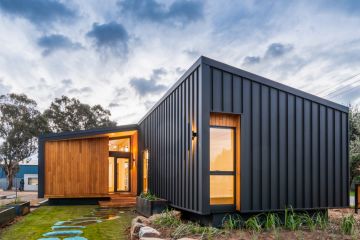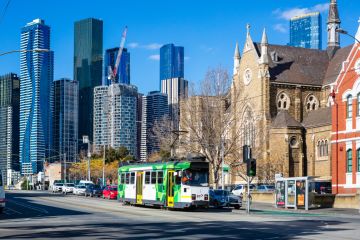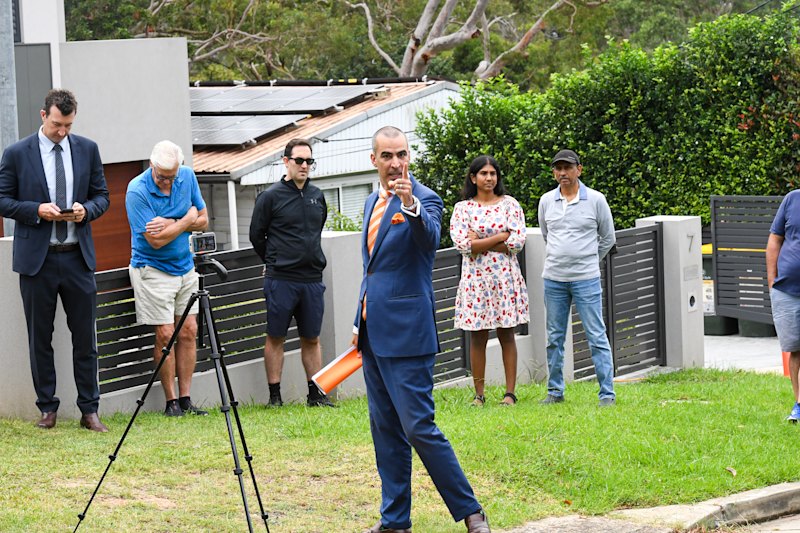What to look for when buying into a new suburb
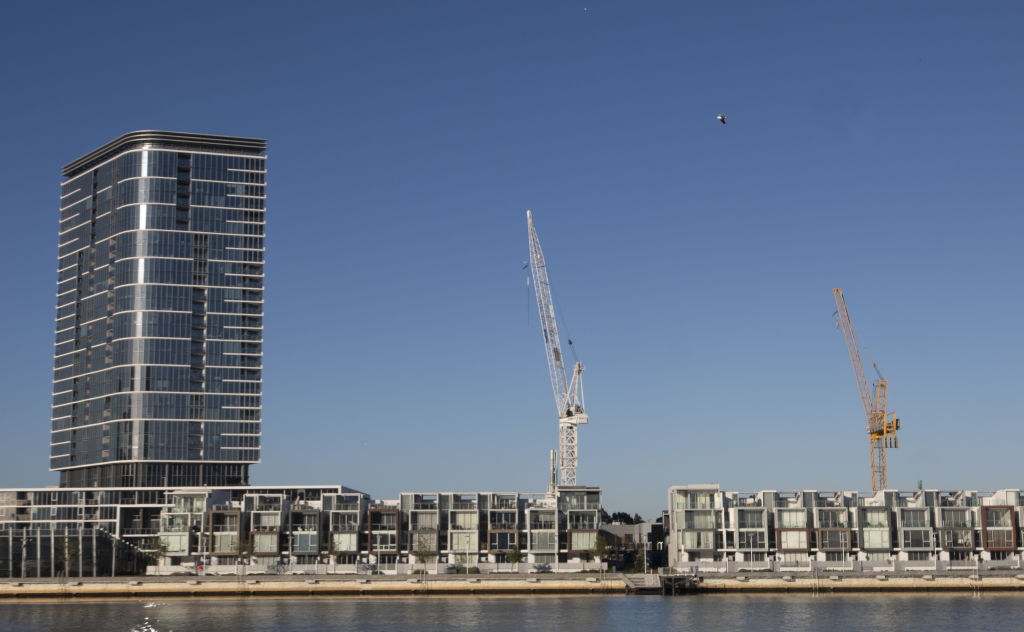
Buying into a new suburb can be a gamble but, with the right research, it can be a calculated risk that has the potential to reap major rewards, both in lifestyle and financial gains.
“Generally speaking, people who buy early into a new suburb take a little bit more of a risk because so much of the vision hasn’t been delivered yet,” says Dennis Vertzayias, director and partner in Laver Residential Projects. “But it’s not like going in blind.
“People need to do their homework properly and check out the kind of private and public investment that’s being made into the area, as well as infrastructure being planned, on the table and speculative. Then, when all the fundamentals are there, they’re the ones who could benefit the most.”
In Sydney, a host of new neighbourhoods have been created in the past 20 years as the city undergoes a huge expansion. These include Sydney Olympic Park, Rhodes and Wentworth Point in the west, Oran Park and Gledswood Hills in the south west, Rouse Hill in the north west, and Little Bay in the east. Meanwhile, Harold Park, Green Square and Pyrmont’s Jacksons Landing have been redeveloped in the inner city.
More are soon coming too, like South Creek West south of Badgery’s Creek and Menangle Park further to the south west.
Early settlers gain the most
Insurance company manager Claire Morgan is one of the new suburb pioneers, choosing to buy off the plan in Mirvac’s 700-apartment Pavilions development at Sydney Olympic Park, after studying the suburb closely.
Her mind was made up when she learnt about the Metro West that will begin construction this year, with a station metres from the complex, and promising a 14-minute train ride to the Sydney CBD.
“I think it’s very exciting,” says Ms Morgan, 30, who currently lives at Toongabbie and faces a 90-minute commute whenever she works in the city. “In a new area, you have so much stuff happening, and there’s so much space at Sydney Olympic Park and so many plans in place for facilities.
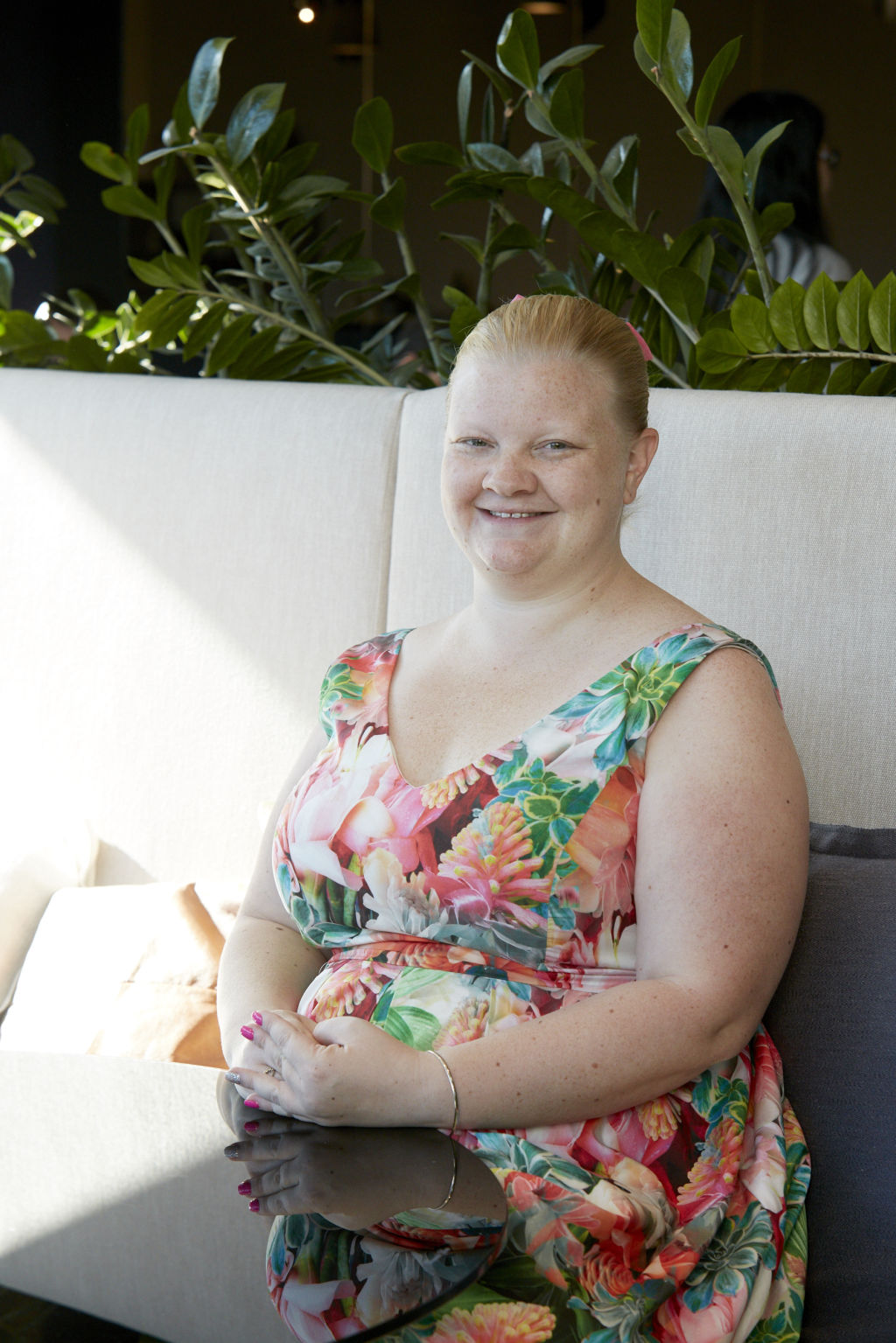
“The Metro coming was a big selling point for me, even though it’ll be probably five years before it’s here. But I think that will make so much difference to the value of the property when it comes.” She moves in March into her new one-bedroom apartment she bought for $590,000.
Mirvac general manager of residential development Toby Long says the earliest settlers into well planned new suburbs can reap big dividends.
“The government’s vision for Sydney Olympic Park is rapidly being realised as people begin to appreciate that early adopters stand to make the greatest gains from investment in infrastructure,” he says.
Similarly, at Green Square, where Mirvac, in partnership with Landcom, is preparing to launch the next stage of masterplanned apartments and terraces this year, there’s already significant amenity in place, including an award-winning library and a creative arts centre, with an aquatic centre and another park on the way.
“It’s already a hugely popular destination where residents can live a truly walkable lifestyle and will only become more attractive in the future as new amenity is completed,” says Mr Long.
Long-term advantages
While there’s always an element of uncertainty about how a new suburb will work out, there can be big advantages. Colin Knowles, the former chair of the community association at Jacksons Landing in Pyrmont, says he loved the vibe when he first moved in.
“There’s a certain amount of social cohesion with people coming in from other places and losing social context from their previous location,” he says. “So there’s a degree of social support and building new social networks.”
The financial benefits, if the suburb flourishes, can be considerable too, believes Murray Wood, partner, residential project marketing at Knight Frank. “People who bought into, say, Breakfast Point 16 years ago would have doubled their money by now,” he says.
“Then with the Oran Park rezoning, people moving in now will see the benefits. The advantage of a new suburb is that the price of entry is a lot less as the services usually aren’t there yet. So as the facilities come and demand rises, values increase.”
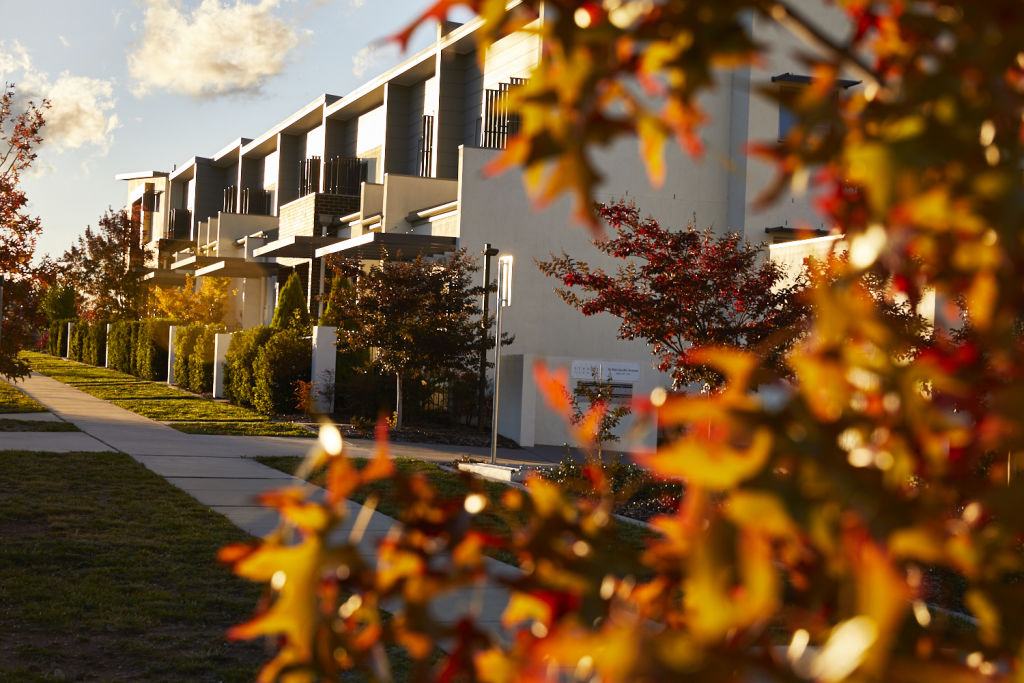
What buyers should look for
Working out the walkability of new suburbs is critically important, as well as ease of travel to work, and how it will look in the future, advises David Holden, director of urban sustainability, technology and data company Kinesis.
“The walkscore.com site and app gives you a sense of how many services or facilities you’ll be able to access within walking distance, so you’ll know how far you need to go to buy a litre of milk,” Mr Holden says.
“Also, some of the newer suburbs out west can be as much as five or 10 degrees hotter than those in the east, so it’s good to check how many trees and how much greenery there’ll also be.
“And while many people look at the cost of housing and a backyard in a new suburb, they also need to consider the second biggest cost – transport to where they need to go.”
For all new suburbs, Mr Vertzayias recommends talking to the developer about their plans, to local real estate agents about what they mean for the area, and keeping track of state government announcements on infrastructure and transport projects, the local council’s vision, and any stories in the media.
We recommend
We thought you might like
States
Capital Cities
Capital Cities - Rentals
Popular Areas
Allhomes
More
